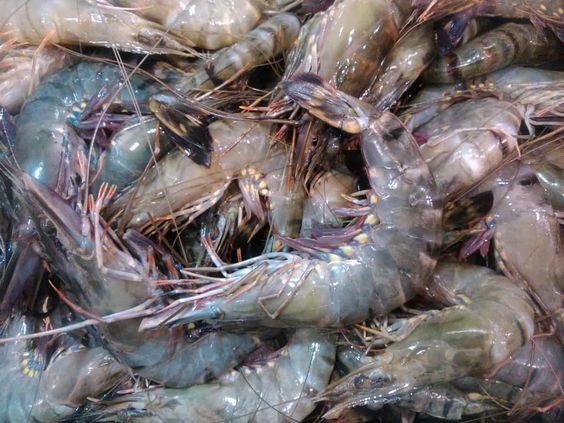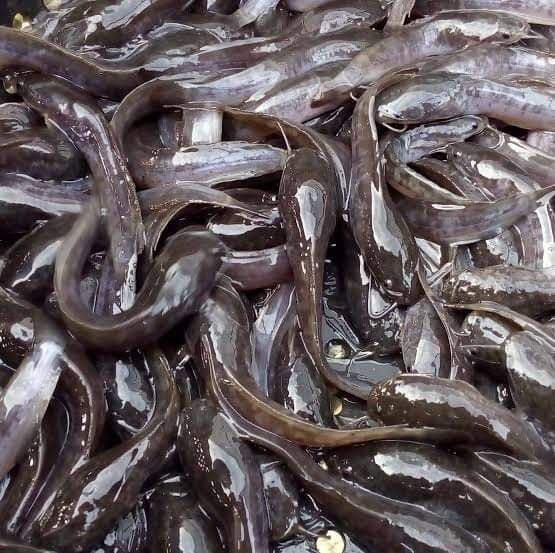Understanding Fish Diseases: Protecting Your Finny Friends
Fish Diseases, like any other living creature, are susceptible to various diseases and illnesses. These can be caused by a multitude of factors, including:
Bacteria: These single-celled organisms can infect fish through wounds, gills, or ingestion of contaminated water.
Parasites: These external or internal organisms, like anchor worms or flukes, feed off the fish, causing irritation and damage.
Viruses: These microscopic infectious agents can spread rapidly among fish, causing internal damage and organ failure.
Fungus: This can attack injured or stressed fish, forming cotton-like growths on the body or fins.
Environmental factors: Poor water quality, overcrowding, improper diet, and sudden changes in temperature can all stress fish, making them more susceptible to disease.
While the specific causes and symptoms can vary greatly, understanding the different categories of fish diseases can help you identify potential problems and take necessary steps to ensure the health and well-being of your finny friends.
Contents
Common Fish Diseases:
Here’s a look at some of the most frequently encountered fish diseases:
Ich (White Spot Disease): This highly contagious parasitic disease is characterized by small white spots on the body and fins. Affected fish may also exhibit flashing behavior (rubbing against objects) due to irritation.
Fin Rot: Caused by bacteria or fungus, fin rot manifests as fraying, erosion, or discoloration of the fins.
Popeye: This bacterial infection causes one or both eyes to bulge outwards.
Swim Bladder Disease: This condition affects the fish’s ability to maintain buoyancy, causing them to swim erratically or list to one side. It can be caused by bacterial infection, internal parasites, or environmental factors.
Dropsy: This condition, also known as bloat, causes the fish’s body to swell due to fluid accumulation. It can be caused by bacterial infection, organ failure, or poor water quality.
Identifying Fish Diseases:
Early detection is crucial for effective treatment. Keep a close eye on your fish and watch for any changes in behavior or appearance. These can be indicative of a potential problem:
Loss of appetite: A healthy fish will readily accept food. Refusal to eat can be a sign of illness.
Lethargy: Fish that are normally active becoming sluggish or spending most of their time hiding could be sick.
Unusual swimming patterns: Erratic swimming, darting, or difficulty maintaining balance can indicate various problems.
Flashing: Rubbing against objects is a common sign of irritation and discomfort, often caused by parasites.
Changes in appearance: Look for signs like white spots, fin rot, popeye, bloating, or discoloration.
Treating Fish Diseases:
Treatment options depend on the specific disease and its severity. Here are some general guidelines:
Quarantine: If you suspect a disease, immediately isolate the affected fish in a separate tank to prevent infecting others.
Water quality: Maintain optimal water conditions through regular water changes and filtration. Clean water helps prevent the spread of disease-causing organisms.
Medication: Over-the-counter medications are available for treating specific diseases. Always follow the instructions and dosage recommendations carefully.
Salt baths: In some cases, short-term salt baths can be used to treat parasitic infections. However, this should only be done under the guidance of a veterinarian or experienced fishkeeper.
Preventing Fish Diseases:
The best way to manage fish diseases is to prevent them from occurring in the first place. Here are some key steps to take:
Purchase healthy fish: When buying new fish, inspect them carefully for any signs of disease. Choose reputable sources that maintain healthy fish populations.
Quarantine new arrivals: Always quarantine new fish for several weeks before introducing them to the main tank. This helps prevent the introduction of potential diseases.
Maintain proper water quality: Regular water changes, filtration, and monitoring of water parameters (ammonia, nitrite, and nitrate levels) are essential for a healthy aquatic environment.
Provide a balanced diet: Feed your fish a high-quality diet appropriate for their species. This helps boost their immune system and make them more resistant to diseases.
Avoid overcrowding: Overcrowding stresses fish and can lead to outbreaks of disease. Ensure your tank is appropriately sized for the number and type of fish you keep.
Reduce stress: Minimize stressors in the aquarium environment. Maintain consistent water temperature, lighting cycles, and avoid introducing aggressive fish that can harass others.
By understanding the different types of fish diseases, their symptoms, and preventative measures, you can ensure a healthy and thriving aquatic environment for your beloved fish. Remember, if you have any concerns about your fish’s health, consult with a veterinarian or experienced fish expert.






